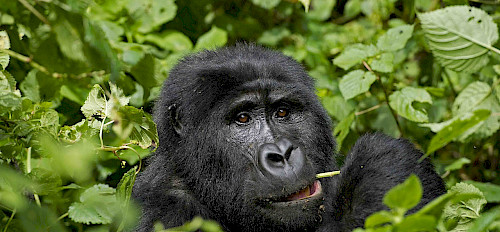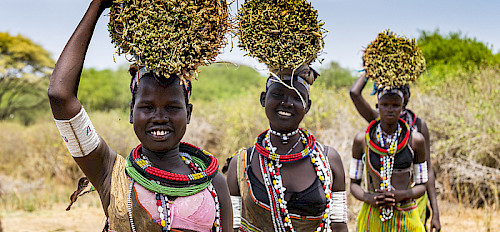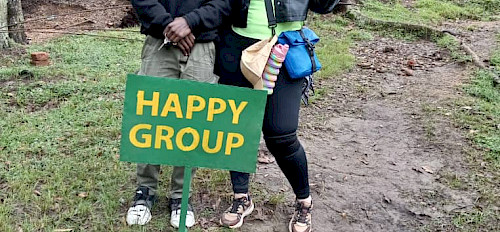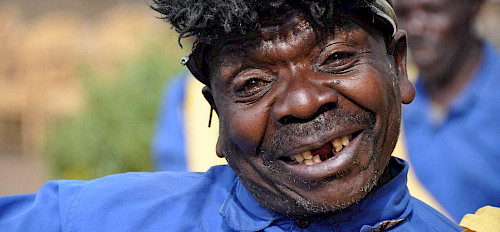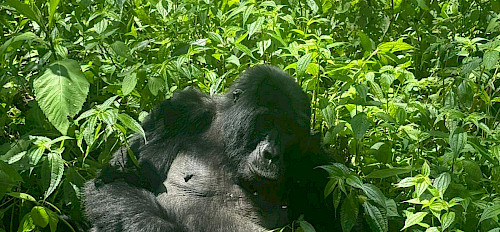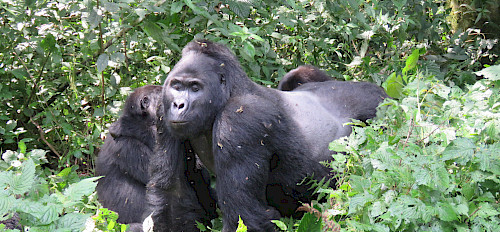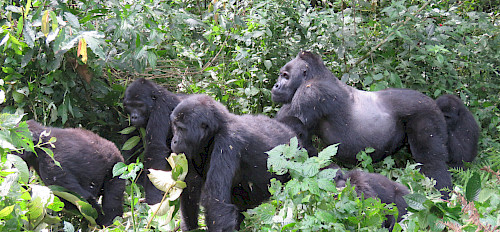Gorilla trekking in Uganda is one of the most thrilling wildlife experiences in the world, attracting adventure enthusiasts from all over the globe. However, there are specific guidelines that regulate who can participate in this exciting activity, and one of the key factors is age.
In Uganda, the minimum age requirement for gorilla trekking is 15 years. This age limit is enforced by the Uganda Wildlife Authority (UWA) to ensure both the safety of the participants and the well-being of the gorillas.
The main reasons for this age restriction include:
Physical Fitness: Gorilla trekking often involves hiking through rugged terrain and dense forests, which can be physically demanding. The UWA requires that trekkers be fit enough to handle the strenuous nature of the trek, something that is generally expected of older teenagers and adults.
Behavioral Concerns: Gorillas are sensitive and highly intelligent animals, and any erratic behavior from a visitor could disrupt the gorillas or even provoke a defensive reaction. Younger children may not yet have the maturity or ability to follow the strict behavioral guidelines that are necessary during gorilla encounters.
Permit Regulations: In addition to safety and behavioral considerations, the UWA issues permits that strictly follow the age requirement. This regulation helps maintain a controlled and responsible tourism environment, preserving the natural habitat and protecting the gorilla population from unnecessary disturbances.
While 15 is the minimum age, it is important to note that all participants, regardless of age, should be in good health and prepared for the physical challenges that the trek may present.
If you're planning a family trip and have children under the age of 15, it's advisable to explore other wildlife experiences available in Uganda, such as chimpanzee tracking or visiting national parks, which may be more suitable for younger adventurers.
In conclusion, the age limit for gorilla trekking in Uganda is set to protect both the trekkers and the gorillas, ensuring a safe and respectful interaction in their natural habitat.
